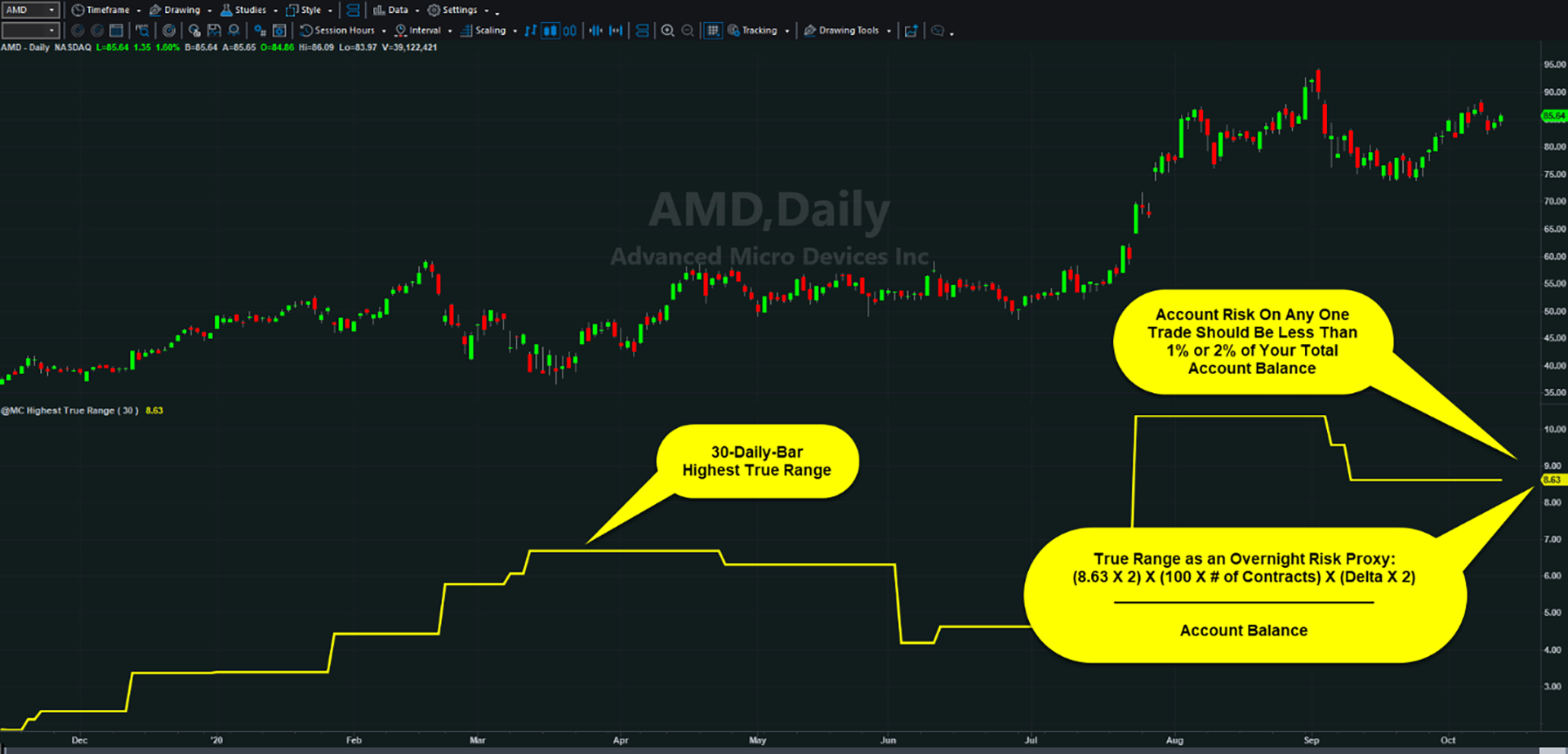Market Basics
Discover the advantages of trading Options with TradeStation
See also

What is an Option?
Market BasicsOptionsAn option is a type of security that grants the trader the right to buy or sell an underlying asset. The underlying instrument is commonly a stock, but options can also be traded on a variety of ETFs and futures. There are two...

Why Trade Options?
Market BasicsOptionsTrading options offer several advantages to just trading stocks. Limited Risk – Buying a call or put option offers the trader unlimited potential profit and limits maximum risk to the price premium paid for the option. Conversely,...

What You Need to Know About Trading Options
Market BasicsOptionsTrading options will require a trader to commit to understanding the terms used when trading options, as well as to consider some additional tools to trade. Options trades are traded on an options chain. There are a lot of options...



